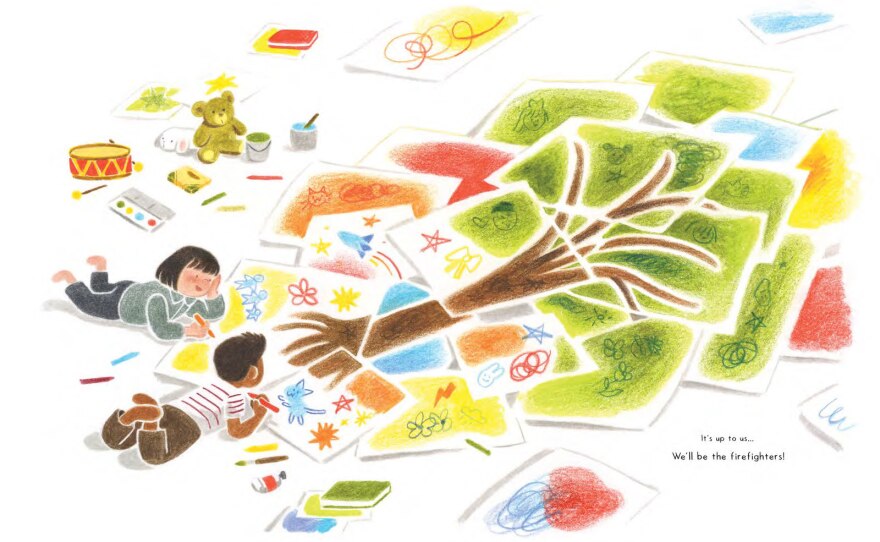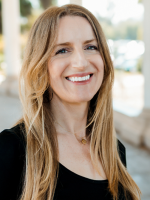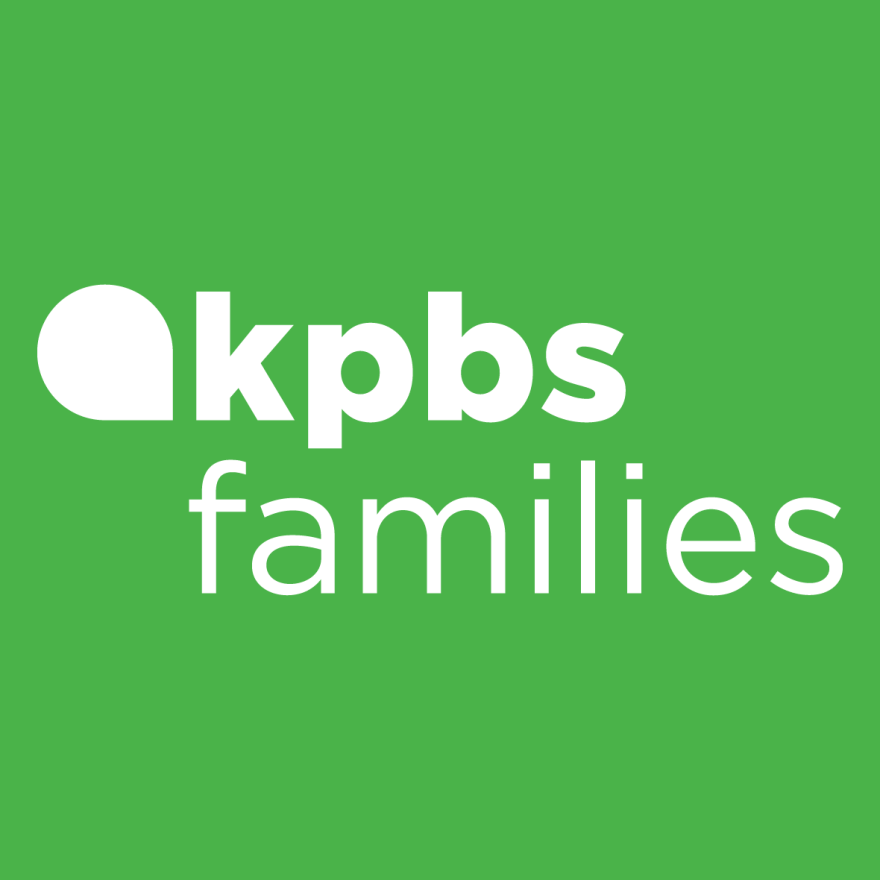
Pulitzer Prize-winning author Viet Thanh Nguyen has ventured into children's literature with his latest book, "Simone," illustrated by Minnie Phan. The story follows a young Vietnamese American girl whose life is upended by a wildfire, exploring her evacuation experience and how she copes through art.
Nguyen, a writer, scholar and activist, is best known for his best-selling novel "The Sympathizer," which won the Pulitzer Prize for fiction in 2016. His other works include "The Committed," the 2021 sequel to "The Sympathizer," the short story collection "The Refugees" and his memoir "A Man of Two Faces."
Nguyen visited the KPBS studio last fall to discuss "Simone" and the broader concept of being a climate refugee.
Much of your work explores different facets of the refugee experience, and in "Simone," the main character is a climate refugee. Can you take us into the pages of the book and tell us what Simone is experiencing and this new role that she awakens to?
Viet Thanh Nguyen: When we meet Simone, she's dreaming. She's asleep and all of sudden she hears her mother crying, "It's time to wake up, Simone!" and she hears fire alarms. So she wakes up to I think one of the worst nightmares for many of us — as Californians, obviously, but just as people in general — this idea that all of a sudden this huge fire is coming out of nowhere and is threatening the entire neighborhood. She has to make a very rapid decision: What is she going to grab and take with her? Because they have to flee. I think this is, unfortunately, an increasingly common experience and something that we all have to prepare for — and that was the impetus for writing the book.

Is the theme of the climate something that you have explored before in your writing?
Nguyen: It actually has not. This idea came to me from the artist Minnie Phan, who illustrates this book, and she had this idea about a Vietnamese American girl confronting wildfires and I took that idea and I ran with it. I thought, what’s the opposite of fire? The opposite of fire is water. We need water, but too much water can be bad. I thought about how in Vietnam there's a lot of flooding — some really bad flooding — and so I gave Simone the character of a mother who's been through flooding in Vietnam, and now is facing fire here in California.
The book is balanced between these two disasters of fire and flood, but also what they represent, in that everything in balance is part of what nature has determined for us, and Simone has to come to some recognition of that.

We also see Simone find the power of art in healing. How important is art, do you think, to self-expression, especially in the face of something like the climate crisis?
Nguyen: I think many of us as adults forgot that we were all probably artists at some point. I'm the father of two young children, an 11-year-old boy and a 4-year-old girl — who’s named Simone. And what I've seen in both cases is that all the kids in their schools have loved art, they've loved creating, they love playing, they love working with color and so on and so forth.
"How did that happen, that we all as children seem to love art, and then when we grow up as adults, so many of us have left that behind? So I wanted to explore this child's point of view, where art really does matter."— Viet Thanh Nguyen, author of "Simone"
So how did that happen, that we all as children seem to love art, and then when we grow up as adults, so many of us have left that behind? So I wanted to explore this child's point of view, where art really does matter. It's something intimate, it's something natural to small children.
Simone ends up as a climate refugee in a high school gymnasium where the shelter has been set up. And as the adults are all freaking out, she has to calm herself down — and how does she do it? Through the pens and pencils and paper she's brought with her. And she extends that to the other fellow children who are also scared. Through that experience where she learns to take charge, she learns that art can be a way of soothing herself and these other children, but also, it's a way for her to give expression to all of these confused feelings that she is experiencing, and that, for her, it's her way of managing her fear in the face of this very difficult new reality.

You have alluded to this, but climate change is worsening and extreme weather and the impacts are becoming more common. We're also seeing greater attention to the idea of climate trauma. What are your thoughts on this, and how it could impact future generations like Simone's?
Nguyen: I think climate change or climate catastrophe is certainly here. I hope there's no more denial that's happening out there, especially as all parts of the country are being hit regardless of whether they're "red" or "blue."
We have to move to a stance of both fighting against climate catastrophe, but also adapting to it as well. I actually have not heard the term climate trauma — thank you for introducing me to another horrible thing to think about! But obviously climate adaptability encompasses that. Here in California we prepare for earthquakes all the time, but now I think as a state and as a nation, we have to prepare for a variety of different kinds of climate disasters. And that would include not just a physical aspect and the financial aspect, but also, as you were saying, the emotional aspect of trying to confront what these climate catastrophes mean.
It's not the first and only instance where people have had to confront the possibility of their world ending.-- Viet Thanh Nguyen
Obviously, it can be really daunting as we think about the world ending. It's not the first and only instance where people have had to confront the possibility of their world ending. So, in some ways, I think refugees are already equipped to deal with this, but most Americans have never had to confront the refugee experience. Except now, as they potentially think of themselves as climate refugees. And being a refugee is a traumatic experience, and let's hope that now Americans who oftentimes try to close the door against refugees might want to open the door to what refugees, who have already gone through displacement, what they can tell us about how they have coped with trauma.
Explore our full interview with Nguyen here:







